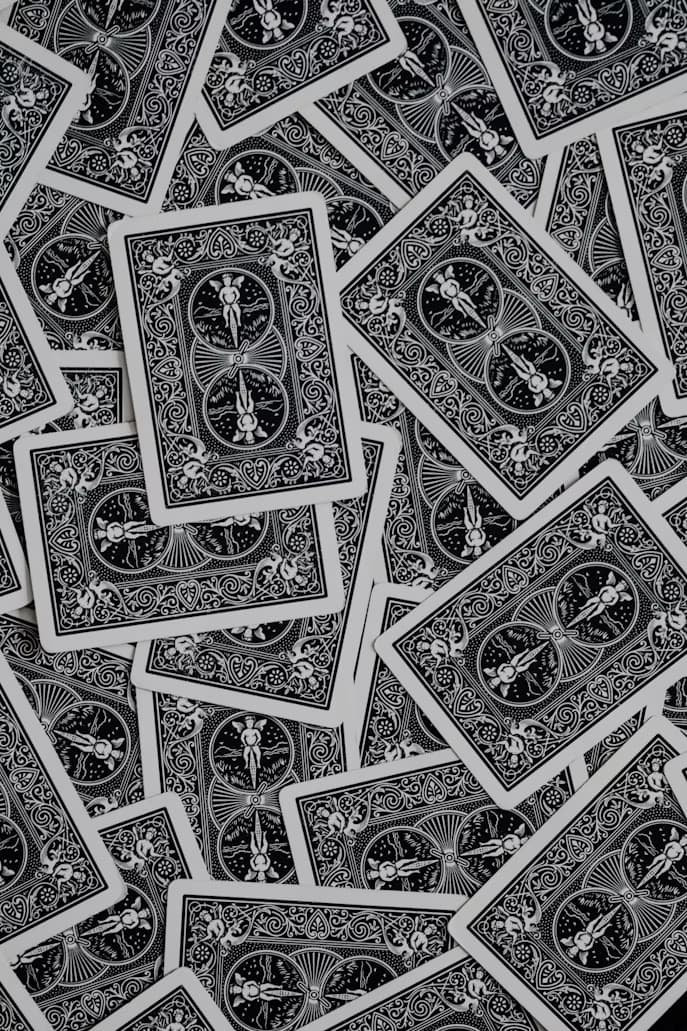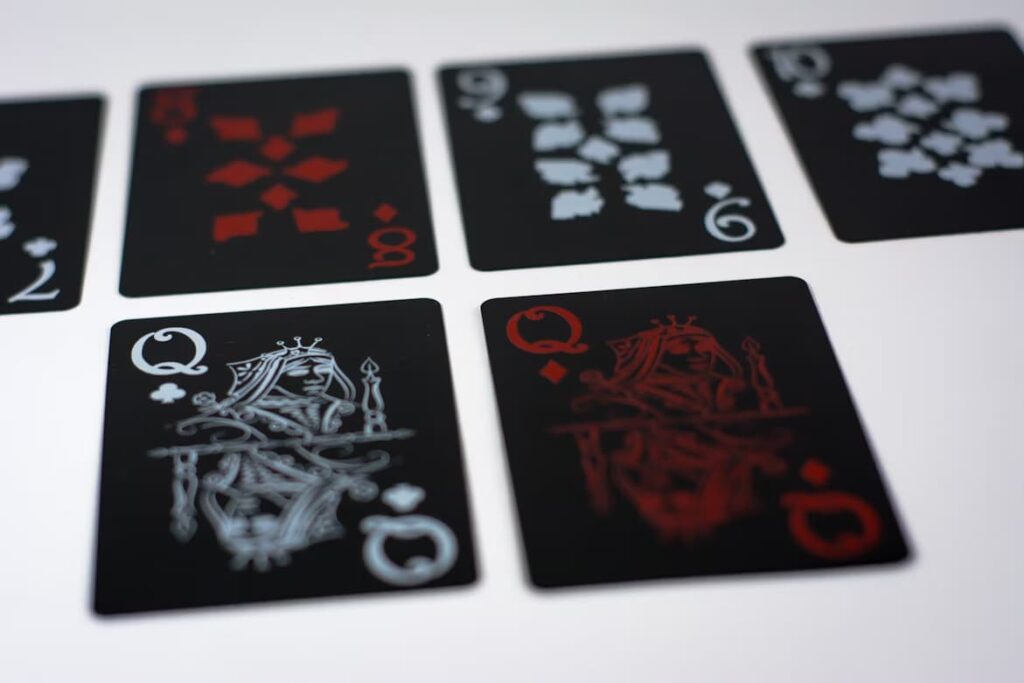
From the hushed backrooms of Renaissance mystics to the brightly-lit, high-stakes tables of modern casinos, playing cards have served a dual role. They are tools of chance and skill, but they are also miniature, portable galleries reflecting the culture, beliefs, and artistic priorities of their time. A simple deck of cards is a masterclass in the evolution of design, demonstrating a constant dialogue between ornate beauty and functional clarity. To trace the history of playing cards is to witness a fascinating journey from bespoke, allegorical masterpieces intended for the elite to standardized, universally recognized icons that have seamlessly transitioned into the digital frontier. They are far more than mere game pieces; they are pocket-sized canvases that tell a global story of art, society, and entertainment.
The earliest cards were not designed for games of chance but for something far more esoteric. They were objects of art and introspection. This journey begins not with kings and queens, but with archetypes and cosmic forces.
From Mystical Symbols to Royal Courts
The direct ancestor of the poker deck is not as straightforward as one might think. While playing cards first appeared in Europe in the late 14th century, likely arriving from the Mamluk Sultanate in Egypt, their most artistically significant early form was the Tarot. The mid-15th century Italian Tarot decks, such as the famous Visconti-Sforza deck, were not mass-produced items. They were exquisite, hand-painted works of art commissioned by wealthy patrons. Each card in the Major Arcana—The Fool, The Magician, The Empress—was a complex allegorical painting, rich with symbolism drawn from medieval philosophy, astrology, and religion. The art was the entire point; it was meant to be contemplated, its layered meanings slowly revealed. The materials themselves, often featuring gold leaf and precious pigments, underscored their status as luxury artifacts.
However, for card playing to become a popular pastime, this bespoke artistry had to give way to practicality. The true revolution came with the French invention of the suits we recognize today: cœurs (hearts), piques (spades), trèfles (clubs), and carreaux (diamonds). This streamlined system, combined with the invention of the printing press, democratized the playing card. The intricate, narrative scenes of the Tarot were replaced by simplified, stenciled pips and courtly figures. This was not a “dumbing down” of the art but a brilliant pivot in design philosophy. The goal was no longer contemplation but instant recognition. The art now served the game. The king, queen, and jack became standardized figures, their identities less about individual personality and more about their rank within the deck’s hierarchy. This shift from unique paintings to reproducible icons marks the single most important artistic evolution in the history of cards, paving the way for the global dominance of the 52-card deck.
Standardization, Storytelling, and the Digital Frontier

The journey toward the modern poker deck is a story of refinement and international adaptation. The French pattern was adopted and subtly modified by manufacturers across Europe and America, culminating in the ubiquitous Anglo-American design. A key artistic innovation here was the reversible court card, introduced in the 19th century to prevent players from accidentally revealing the strength of their hand by turning a card right-side up. This seemingly minor change is a perfect example of art adapting to the practical needs of the player. The design became a paragon of efficiency: bilaterally symmetrical, instantly readable, and culturally neutral enough to be accepted worldwide.
Yet, even within this rigid format, artistic expression finds a way. The standard deck serves as a blank canvas for endless customization, allowing artists to reclaim the storytelling potential of the cards. This has led to a thriving market for bespoke and novelty decks where the art once again takes center stage. The humble deck of cards has been used for:
- Political Satire: Replacing kings and queens with contemporary political figures.
- Artistic Homage: Decks where each card is designed in the style of a famous artist, from Van Gogh to Picasso.
- Brand Storytelling: Companies creating decks that subtly weave their products and ethos into the card designs.
- Fandom Celebration: Decks dedicated to popular movies, books, and video games, with characters assigned to the court cards.
This tradition of aesthetic evolution continues robustly into the modern era, where the tactile experience of cards is often translated into pixels. This digital transition is crucial for platforms where card games are central. For instance, the user experience at a modern digital venue like the Playfortuna casino depends heavily on clear, responsive card graphics that honor tradition while functioning flawlessly on a screen. The digital artist must capture the classic feel of the cards while ensuring they are perfectly legible on various screen sizes, creating a seamless blend of timeless design and modern technology. The evolution continues with digital-native card games and NFT art projects, where cards gain animation, sound, and verifiable uniqueness, bringing the concepts of artistry and value full circle back to the bespoke, one-of-a-kind nature of the earliest Tarot decks.
From the gilded Tarot of a Milanese duke to the digital deck on a smartphone, playing cards remain a powerful medium. They have proven to be remarkably adaptable, their faces changing to reflect the societies that use them. Whether for divination, gaming, or pure artistic expression, they continue to deal a hand of both culture and creativity.